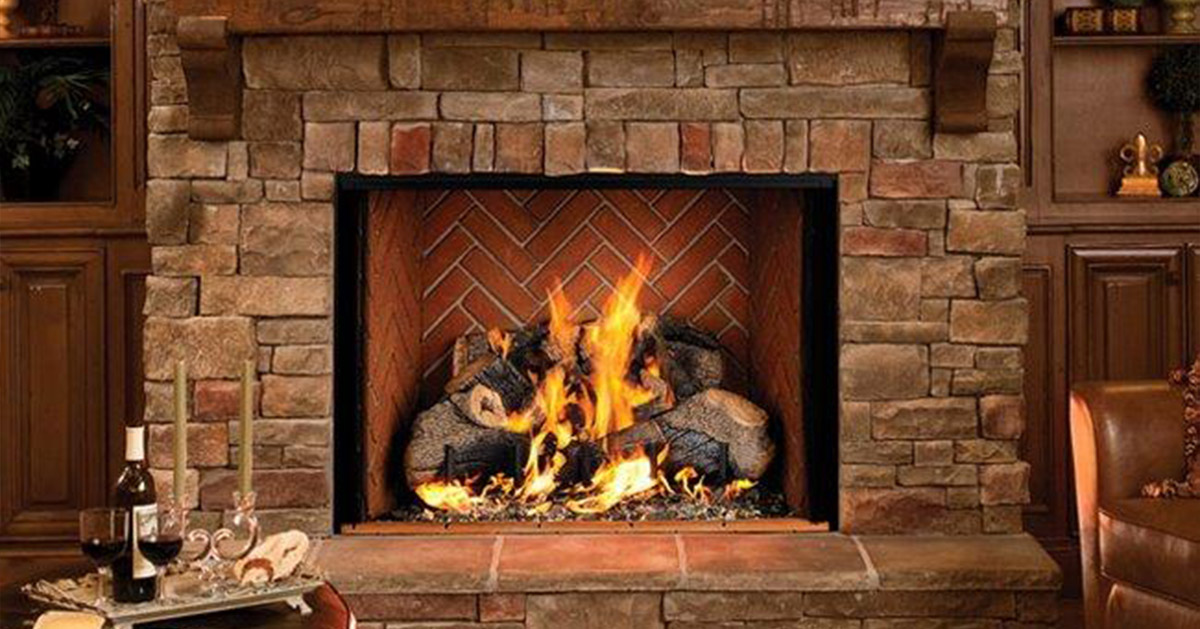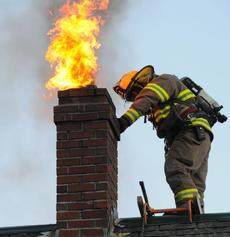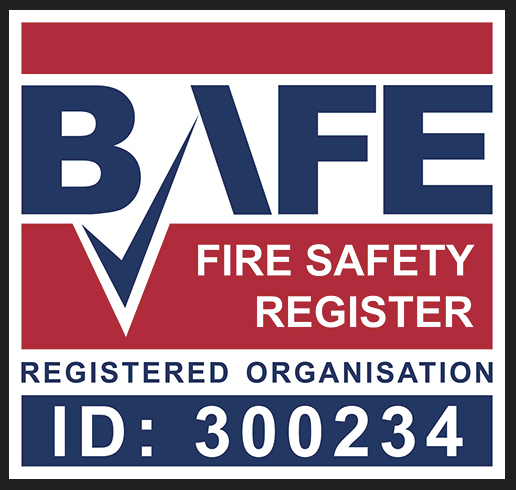Industry Articles

Chimney Safety
Real fires create a warm and homely atmosphere but with them come extra risks both from fire and carbon monoxide poisoning. By taking a few extra precautions people can enjoy the glow of a real fire whilst also making sure that they stay safe.
The Dorset Fire & Rescue Service has revealed some facts and figures about chimney fires that they wanted us to share with you.
- 2012: 189 call outs
- 2013: 208 call outs
- 2014: 138 call outs
- 2015: 138 call outs
The reduction in recent years is due to the mild winters we have had.
Chimney Safety…
Sweep your chimney every three months when using wood and at least once a year when using smokeless fuels, bituminous coal, oil or gas.
Make sure you are not at risk from carbon monoxide poisoning by having appliances installed and serviced by competent engineers, never block air bricks, vents or flues, and install a carbon monoxide detector. (For more information visit our blog on carbon monoxide detection)
- Don’t use flammable liquids such as petrol or paraffin to light the fire
- Don’t burn paper or rubbish
- Don’t overload the fire with fuel
- Go into the loft occasionally, when the fire is alight, to check for smoke from cracks, defective brickwork or mortar joints
Open fire and wood burners
An open fire or wood burner might provide an attractive focal point in a room and an alternative way of heating your home but they also bring an increased risk of fire if not looked after properly and if chimneys are not maintained.
The main points to remember if you have an open fire or wood burner are to:
- Always use a fire guard to protect against sparks from hot embers
- Make sure that the fire is put out before going to bed at night or leaving the house
- Keep chimneys and flues clean and well maintained – make sure your chimney is swept regularly
- Never interrupt the air supply by blocking air vents or air bricks






